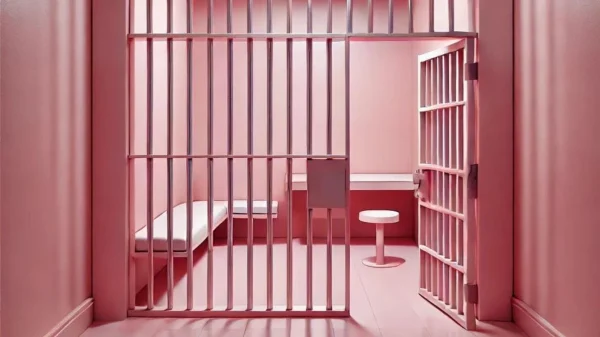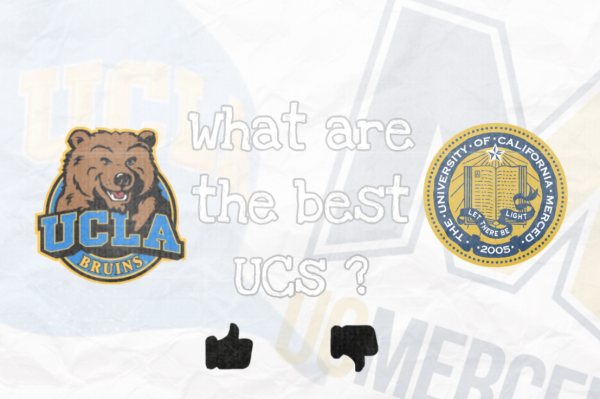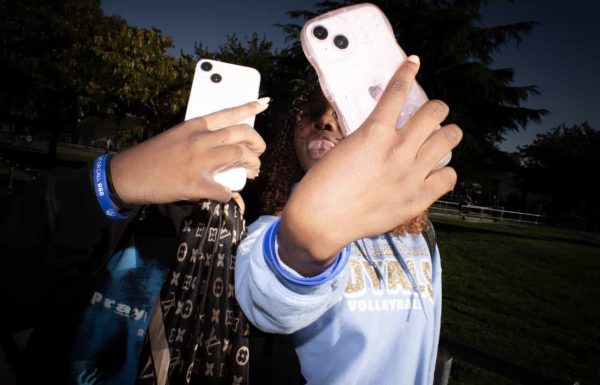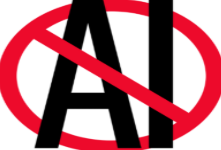The Democratic National Convention: A Virtual Political Success
In the age of the coronavirus, where all events requiring crowd gatherings are forcibly transitioning online, it was inevitable that the Democratic National Convention (DNC) would follow the same course. The DNC is a one-week occasion where prominent members of the Democratic Party formally nominate candidates for the United States’ presidency and vice-presidency. For such a momentous occasion, it is traditional for political parties like the Democratic Party to go all-out in creating a lively and uplifting atmosphere — the goal is to generate excitement around the presidential candidate. From the moment the Democratic Party announced a virtual DNC, skeptics criticized whether an online convention would generate enthusiasm for Joe Biden, the presumptive Democratic nominee.
Biden has received plenty of criticism from Republicans and Democrats for not being exciting; that is arguably his biggest weakness. As a result, occasions like the DNC are particularly crucial for getting voters excited to cast their ballots. While the Virtual Democratic National Convention has had its flaws, there is no doubt that it far surpassed expectations. Not only did it generate plenty of enthusiasm around Joe Biden: it was also an excellent format to showcase his character and empathy. These are perhaps the best selling points of a Biden administration, and they will help sway many people to vote for him.
The virtual DNC included multiple events that highlight the virtues of an online format. One of those events was the Star-Spangled Banner, which was sung in a choral form. Instead of just having one person singing the National Anthem, we heard voices from across the country and saw our youth’s diversity in full display. Another aspect of the convention that highlighted this country’s cultural diversity was the delegate roll call; it was refreshing to see beautiful American scenery rather than a packed convention room. In general, the virtual format had a documentary feel to it, which allowed the audience to connect more personally with Biden’s story. We got to see the Amtrak Biden rode to and from work, hear touching stories of how he married Jill, and even empathize with his stuttering problem. Overall, the DNC showcased the Uncle Joe that Americans love: a person of genuine empathy and someone who can heal the polarization that has inflicted our country these last four years.
The keynote speakers during the convention did not disappoint. Speeches by Michelle Obama, Jill Biden, Kamala Harris, and Barack Obama generated enormous amounts of coverage and were viewed millions of times across digital platforms. In particular, Michelle Obama’s speech thrived in the virtual convention, since it was presented in a home setting and felt way more genuine than traditional political discourse. The ratings of the DNC were also very promising. While only around 20 million people tuned into television each day to watch the event — a drop from 2016 — the number of people watching via streams on Twitter and YouTube shattered expectations (I myself watched the DNC through a YouTube stream). With almost 10 million people watching through virtual streams and millions more watching YouTube clips, it is safe to say that the Democratic National Convention was still able to generate a lot of hype.

Hello! My name is Pranesh Kumar, and I am a Copy Editor for the QHHS Ubiquity Virtual Edition. As a fourth-year student of Journalism and an IB Senior,...







